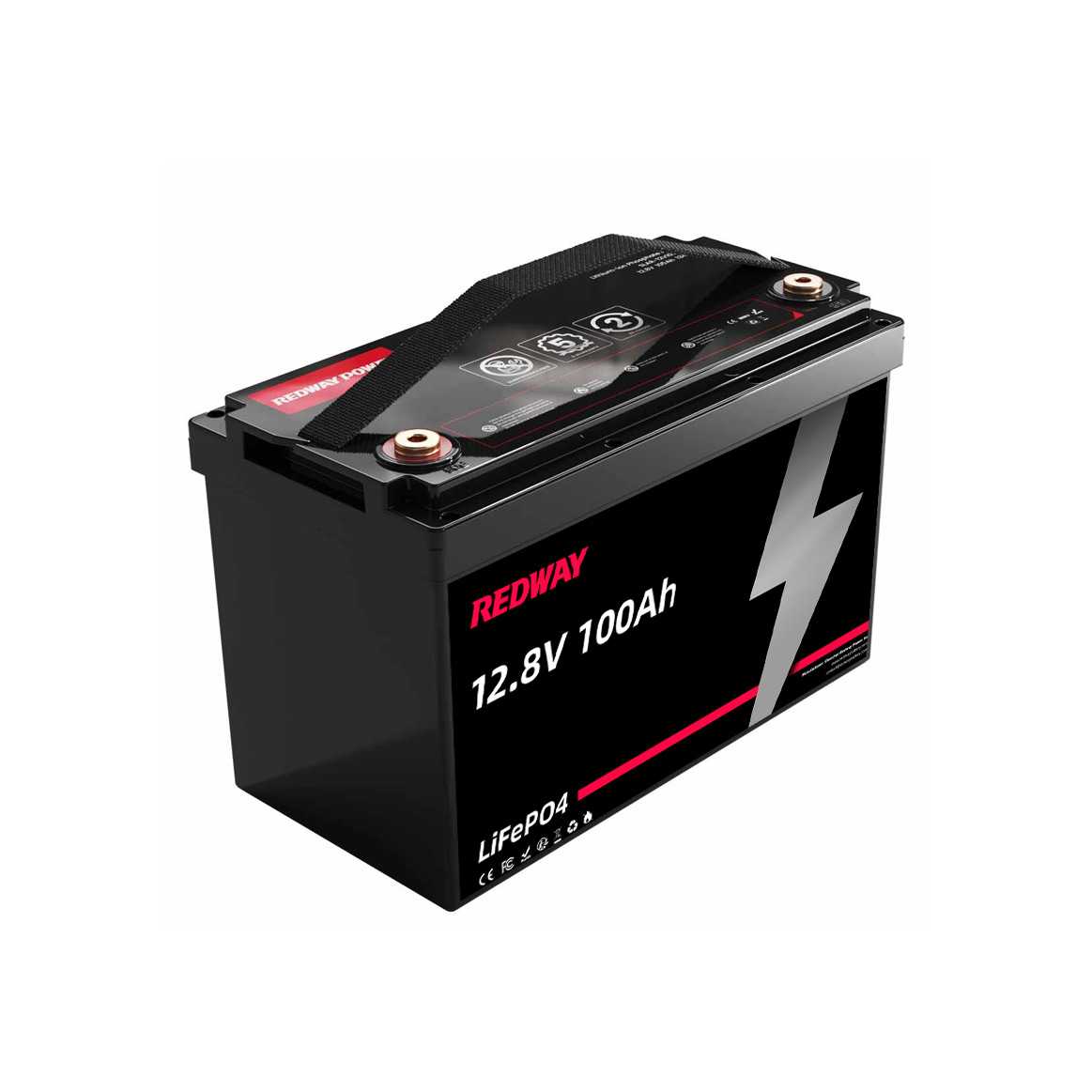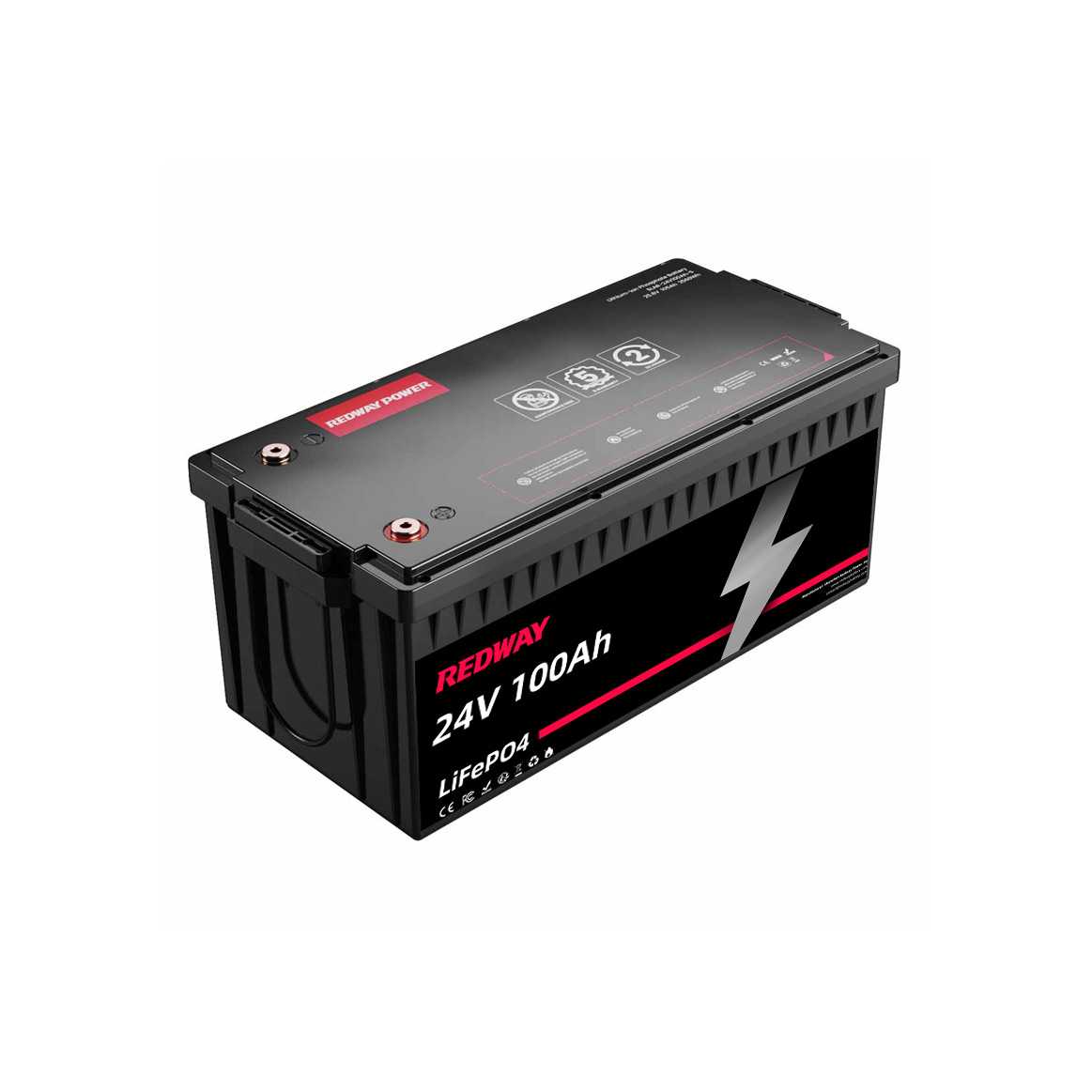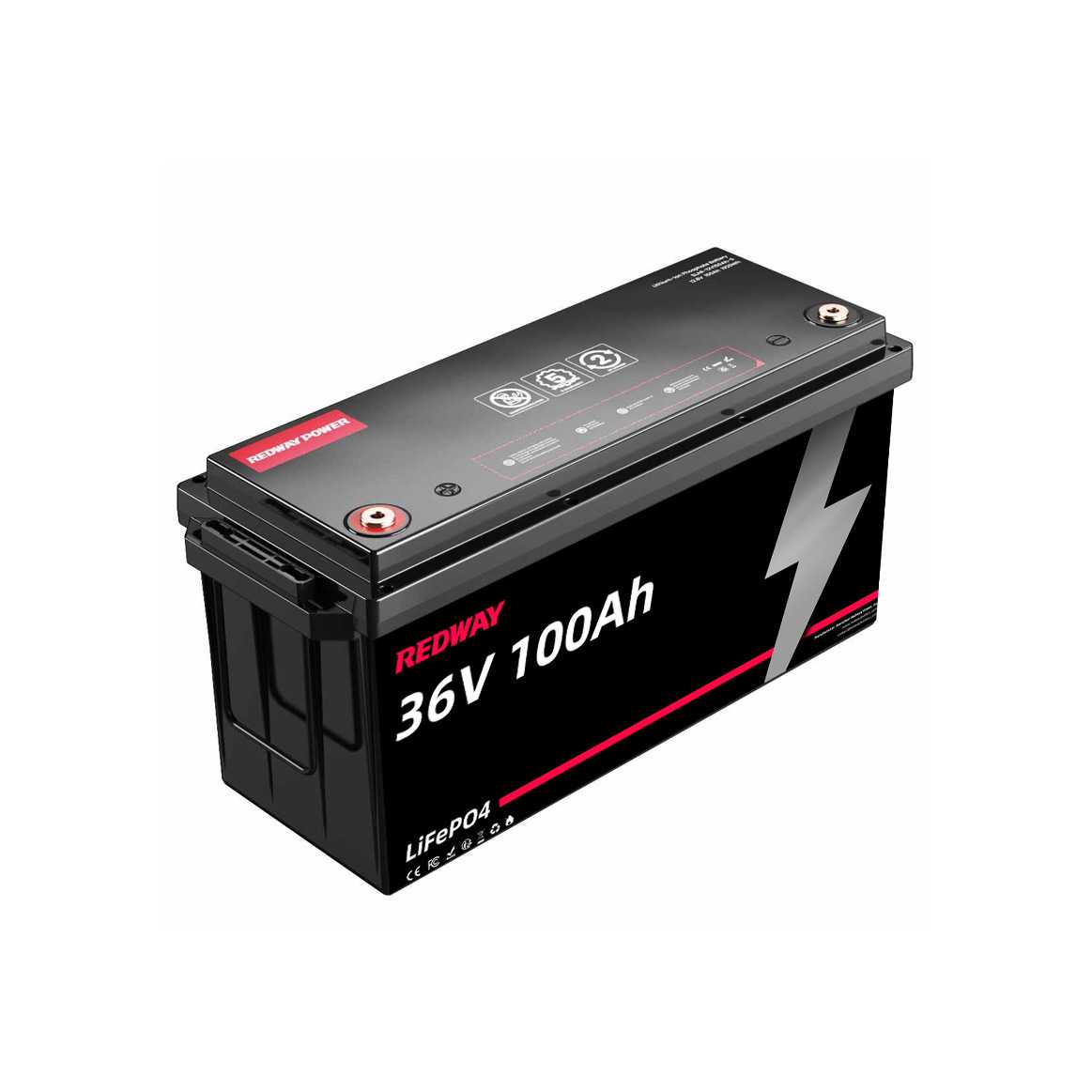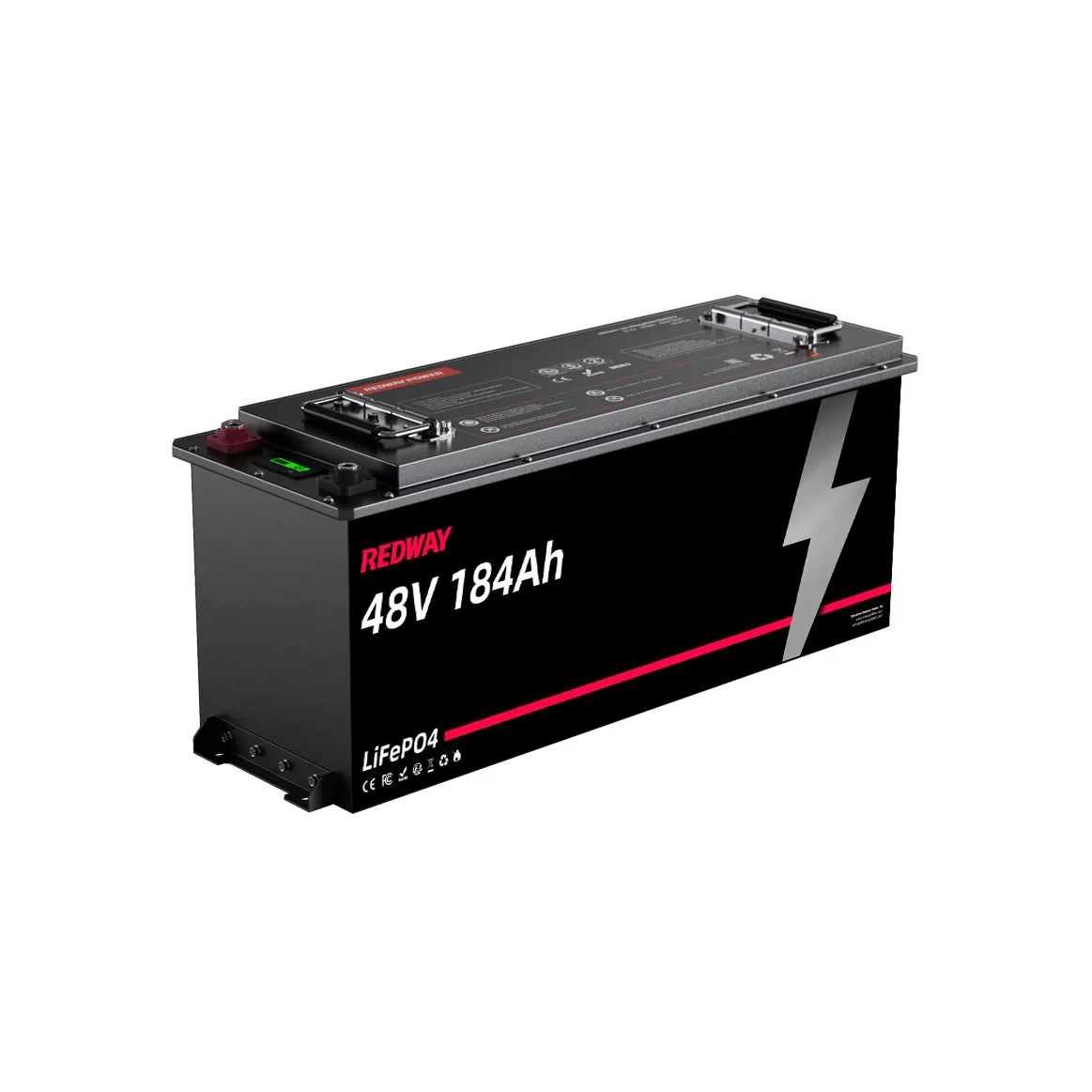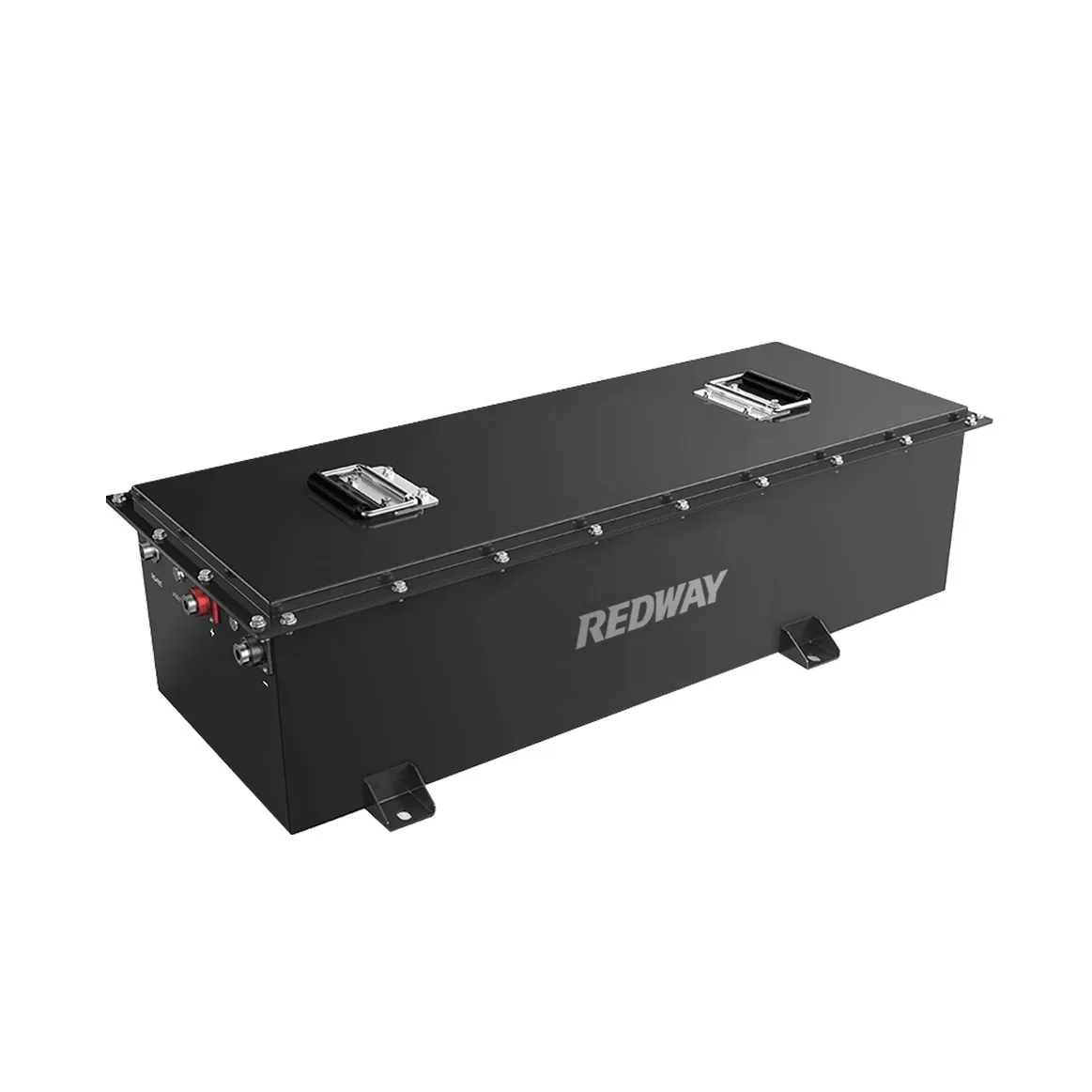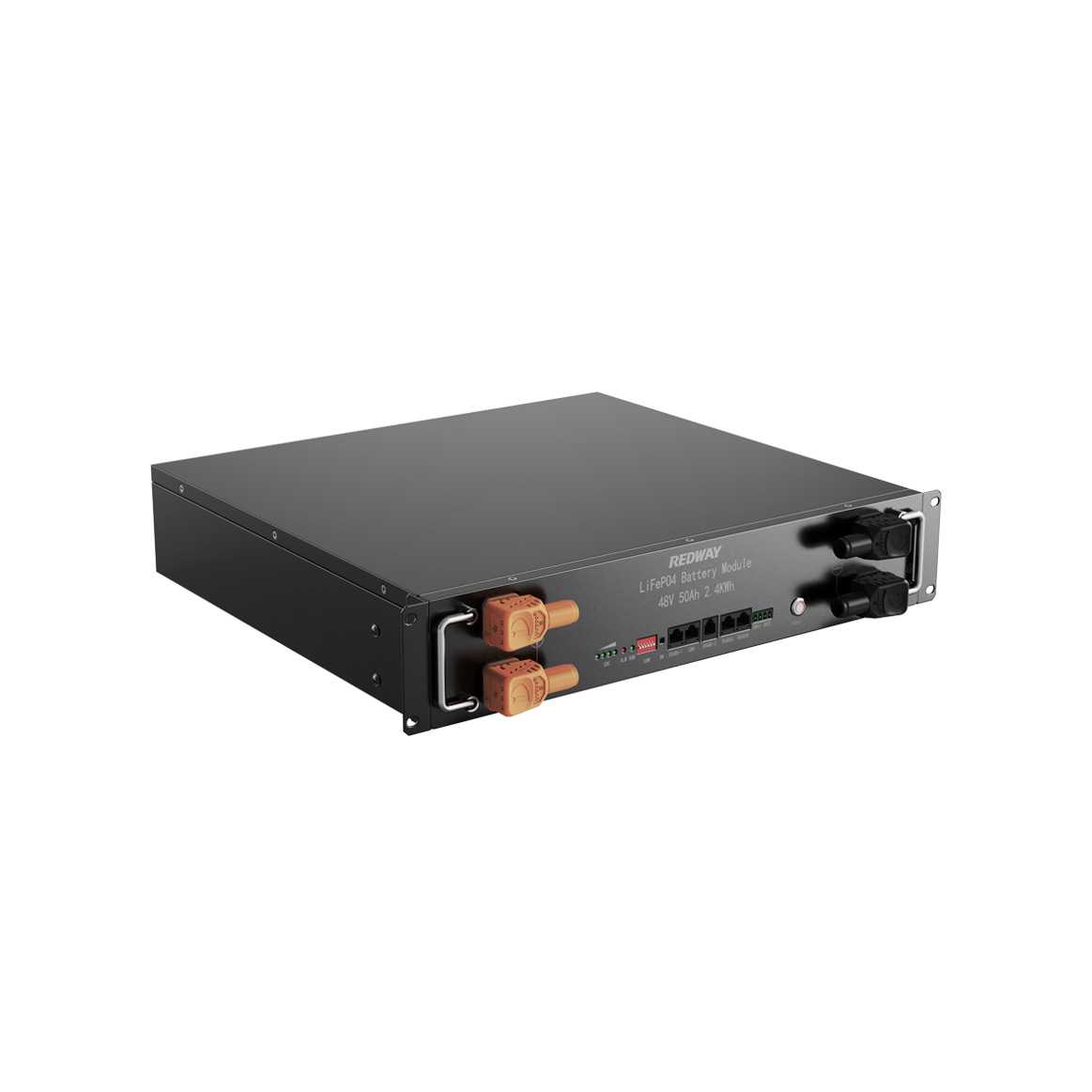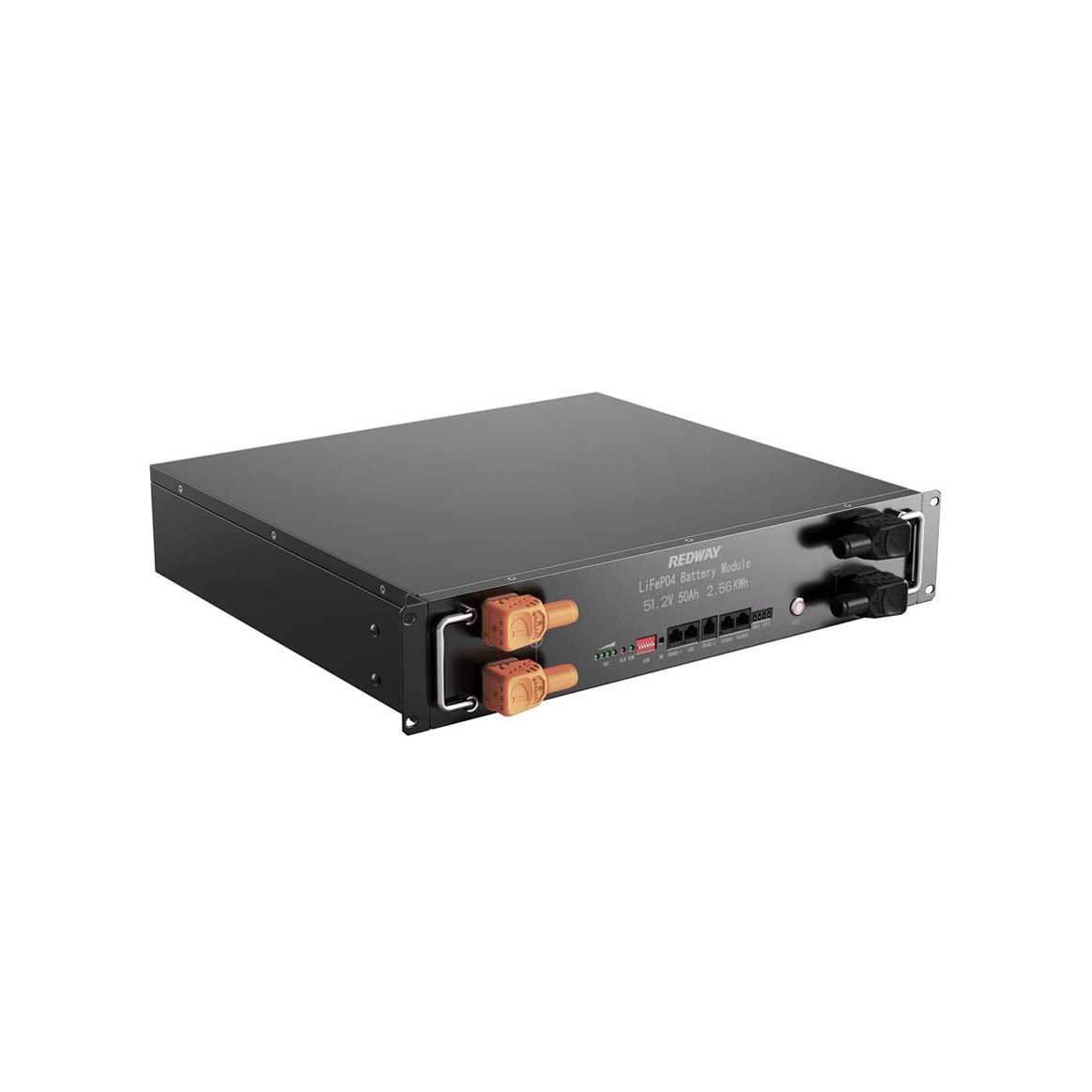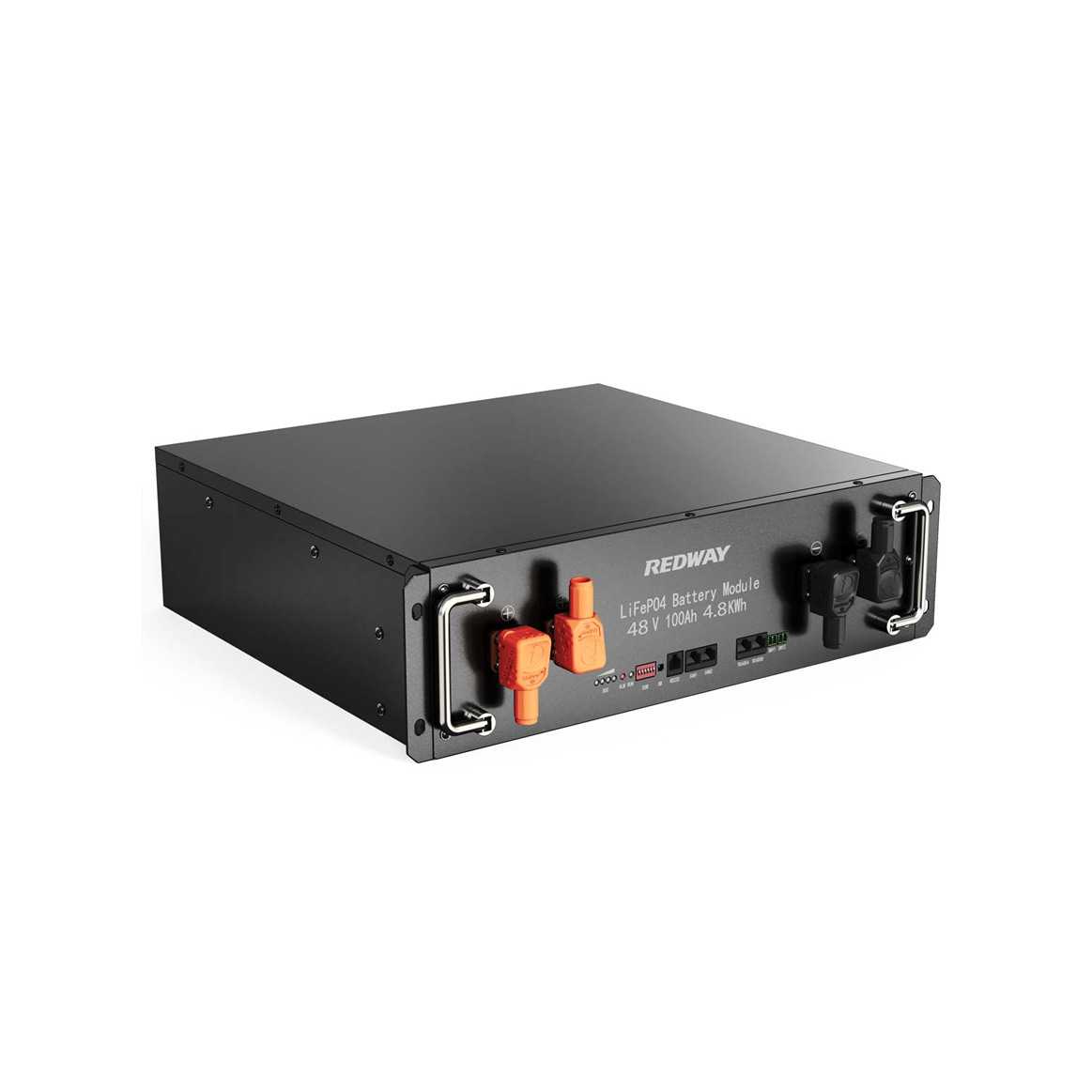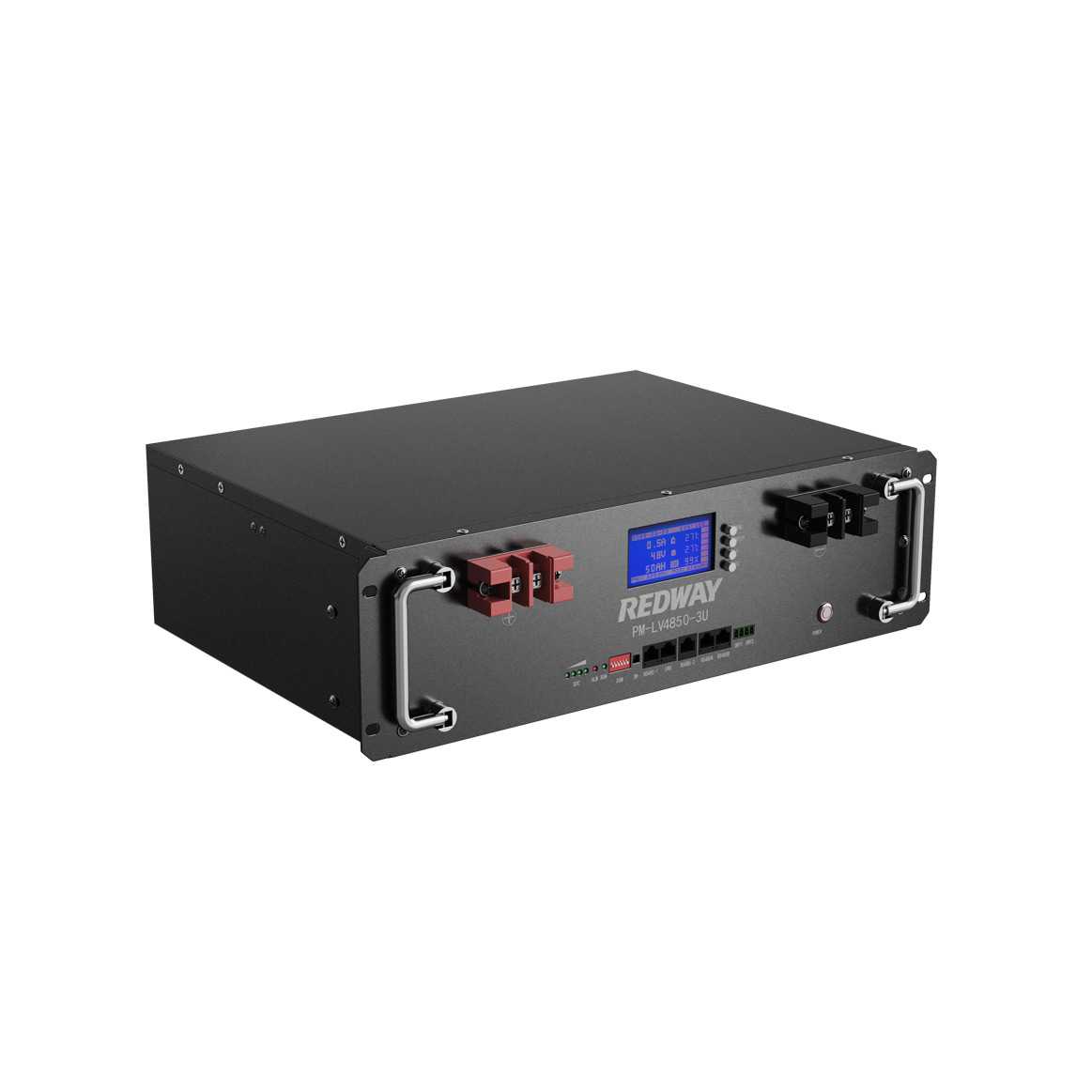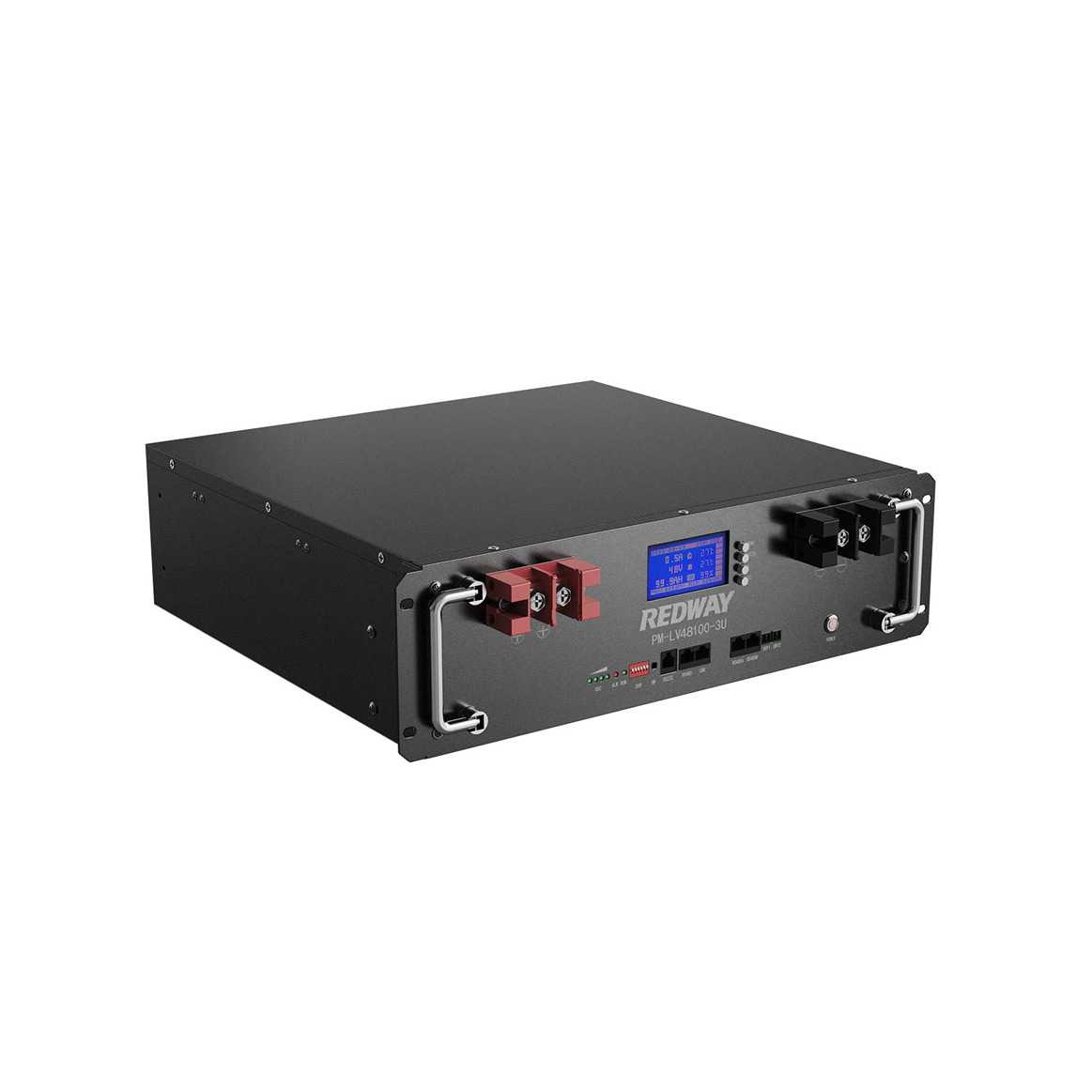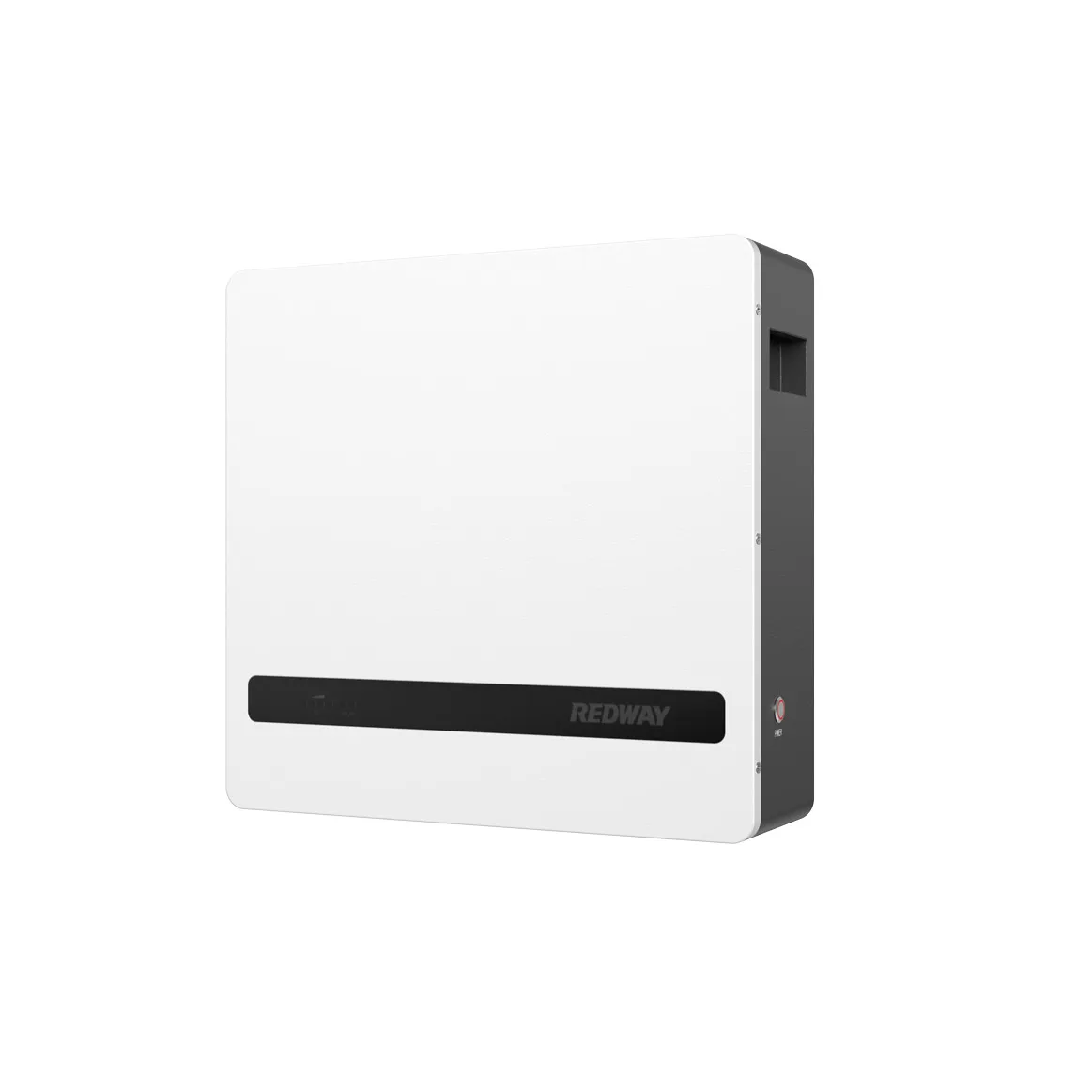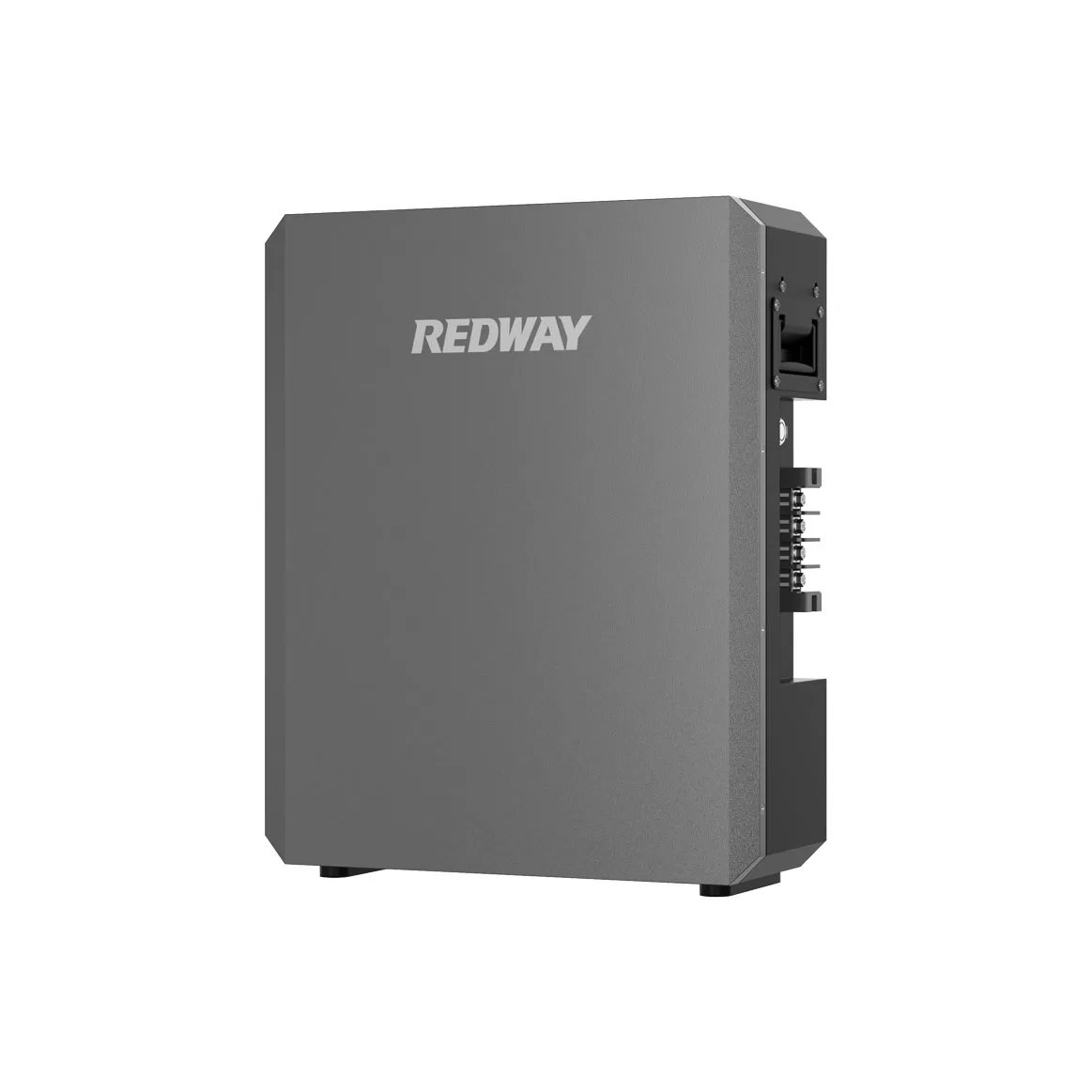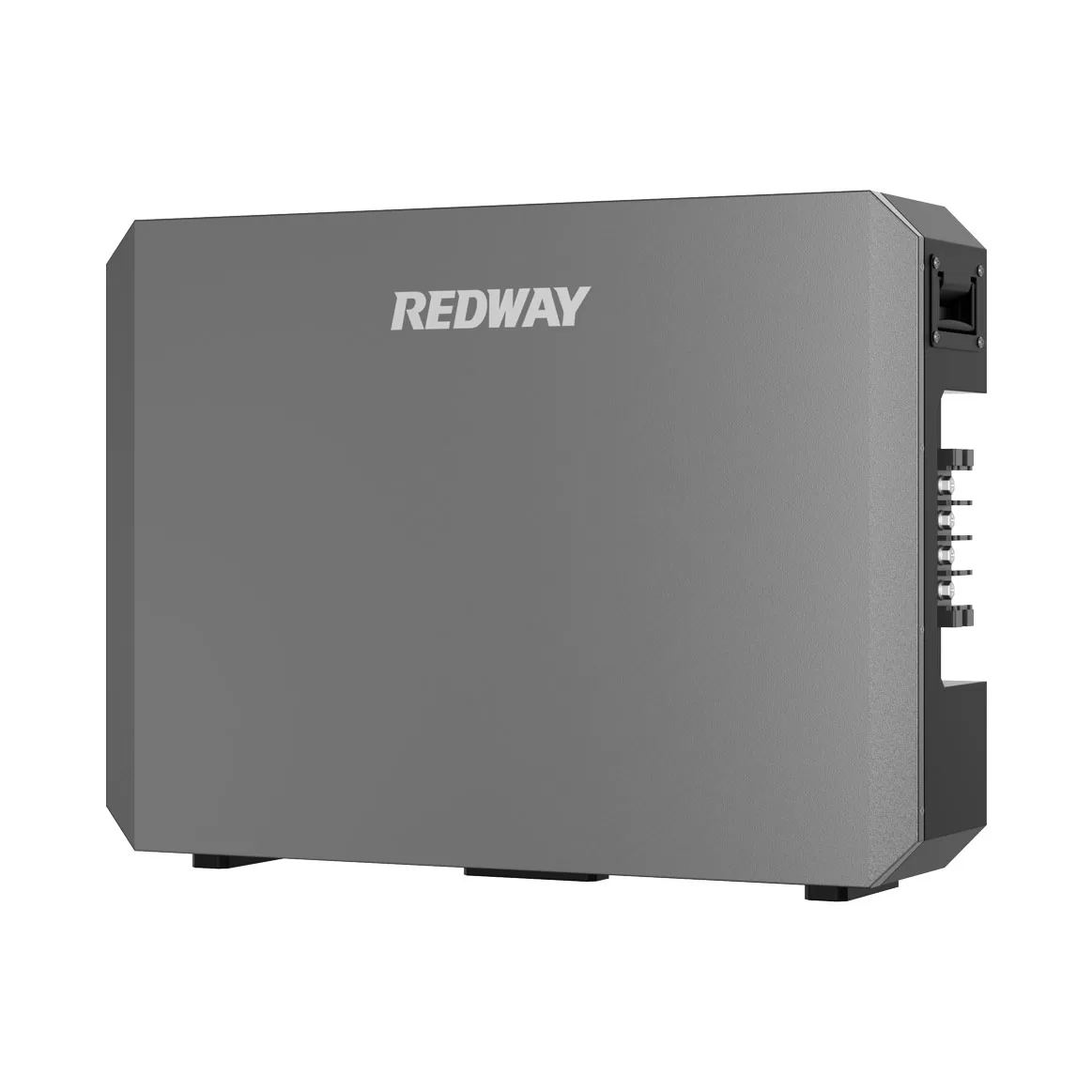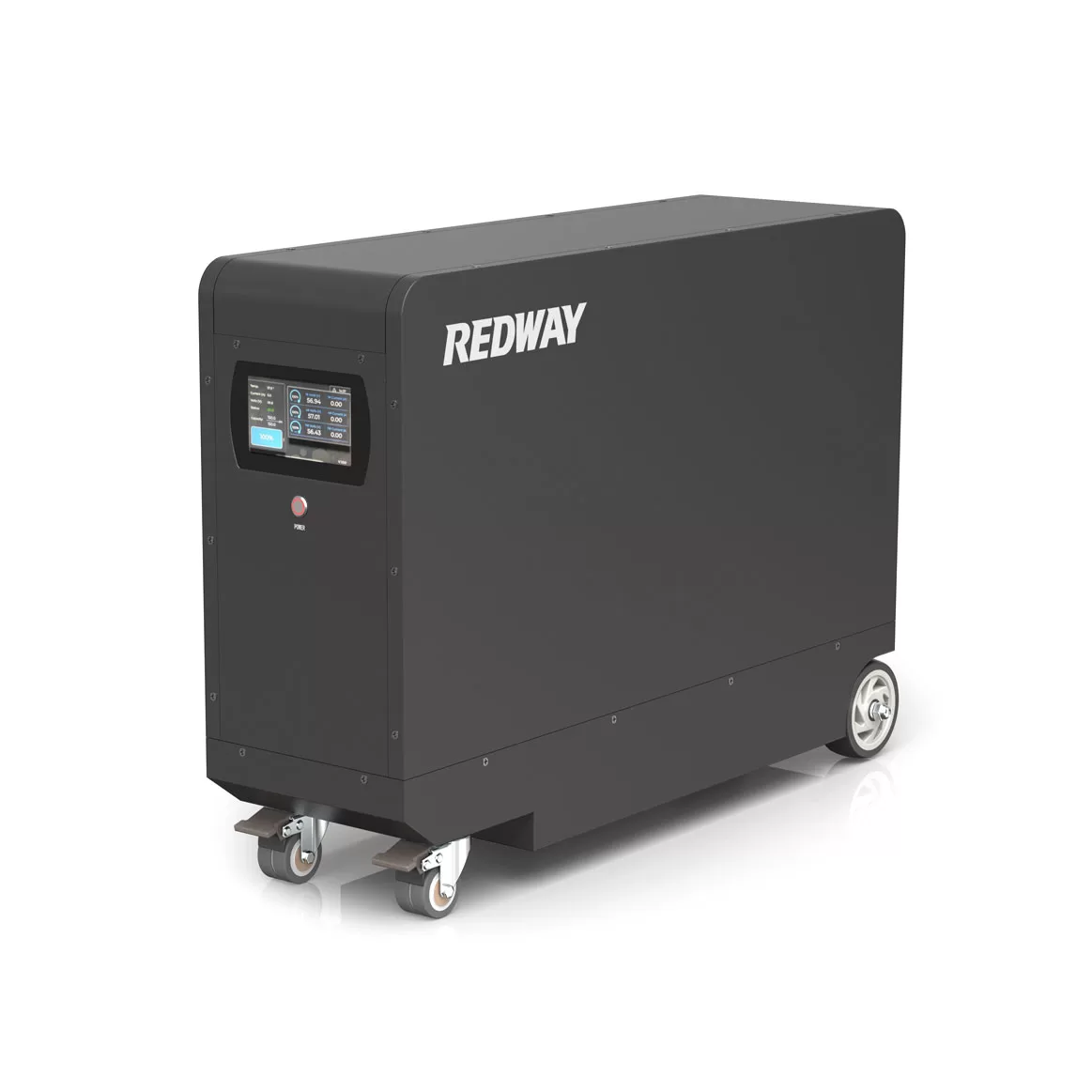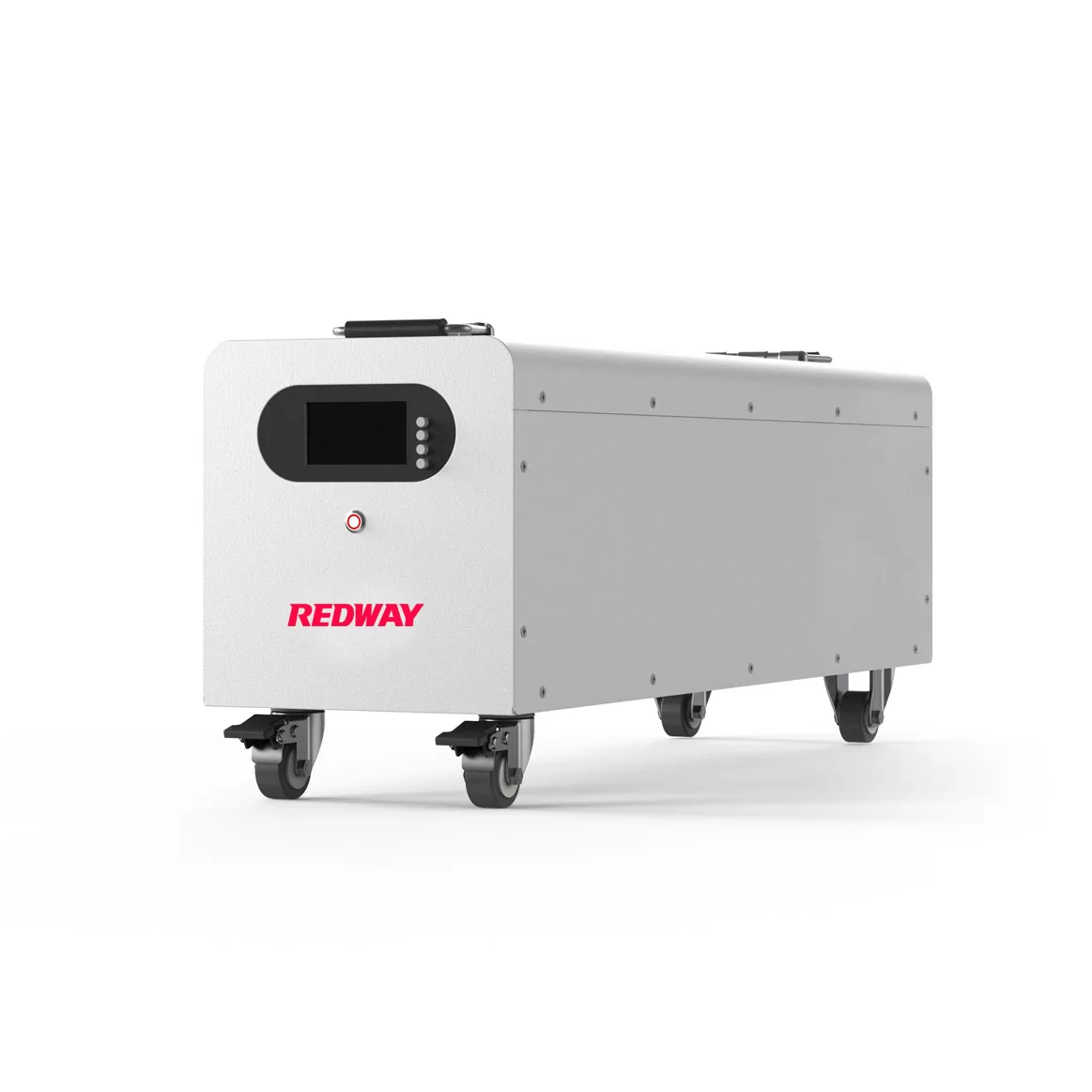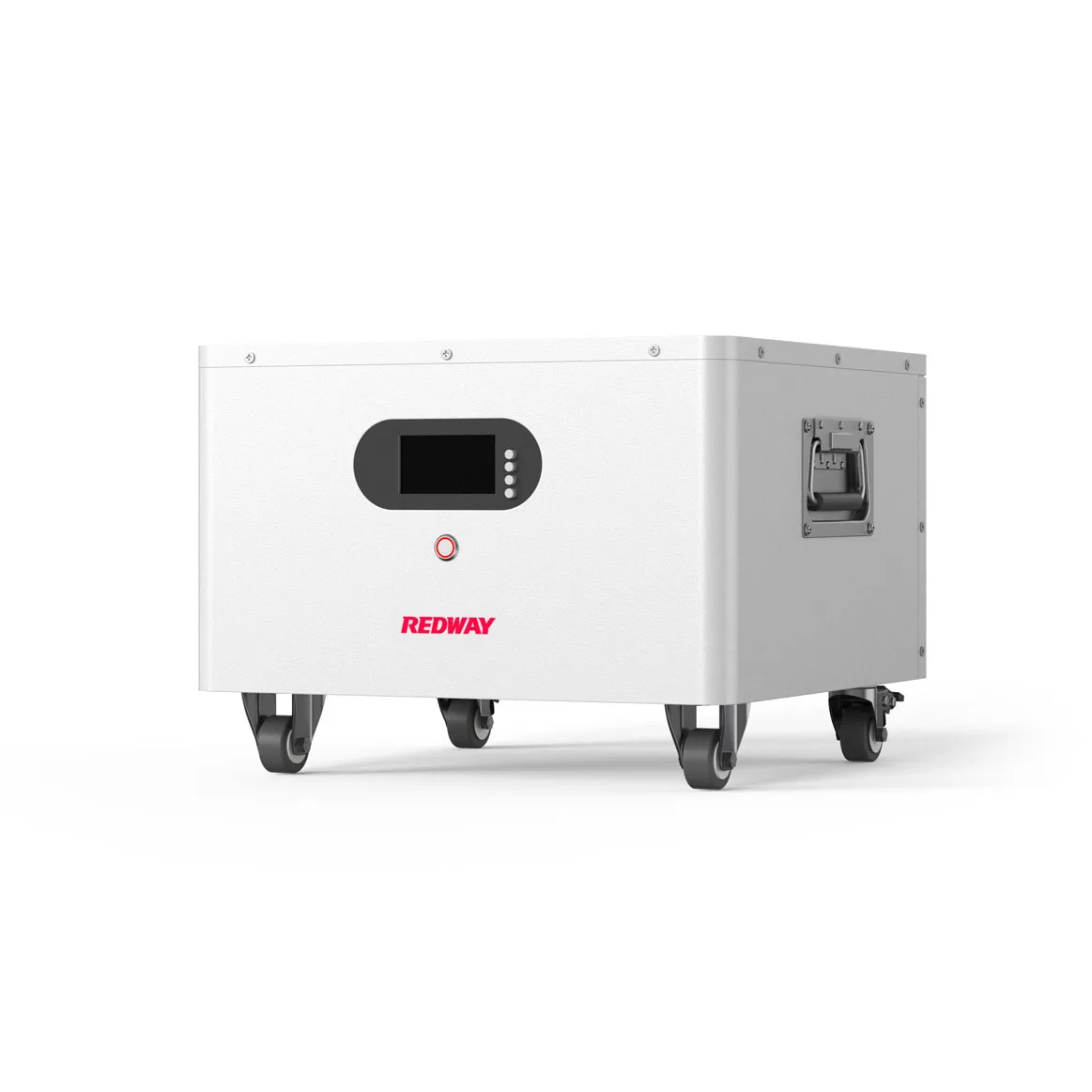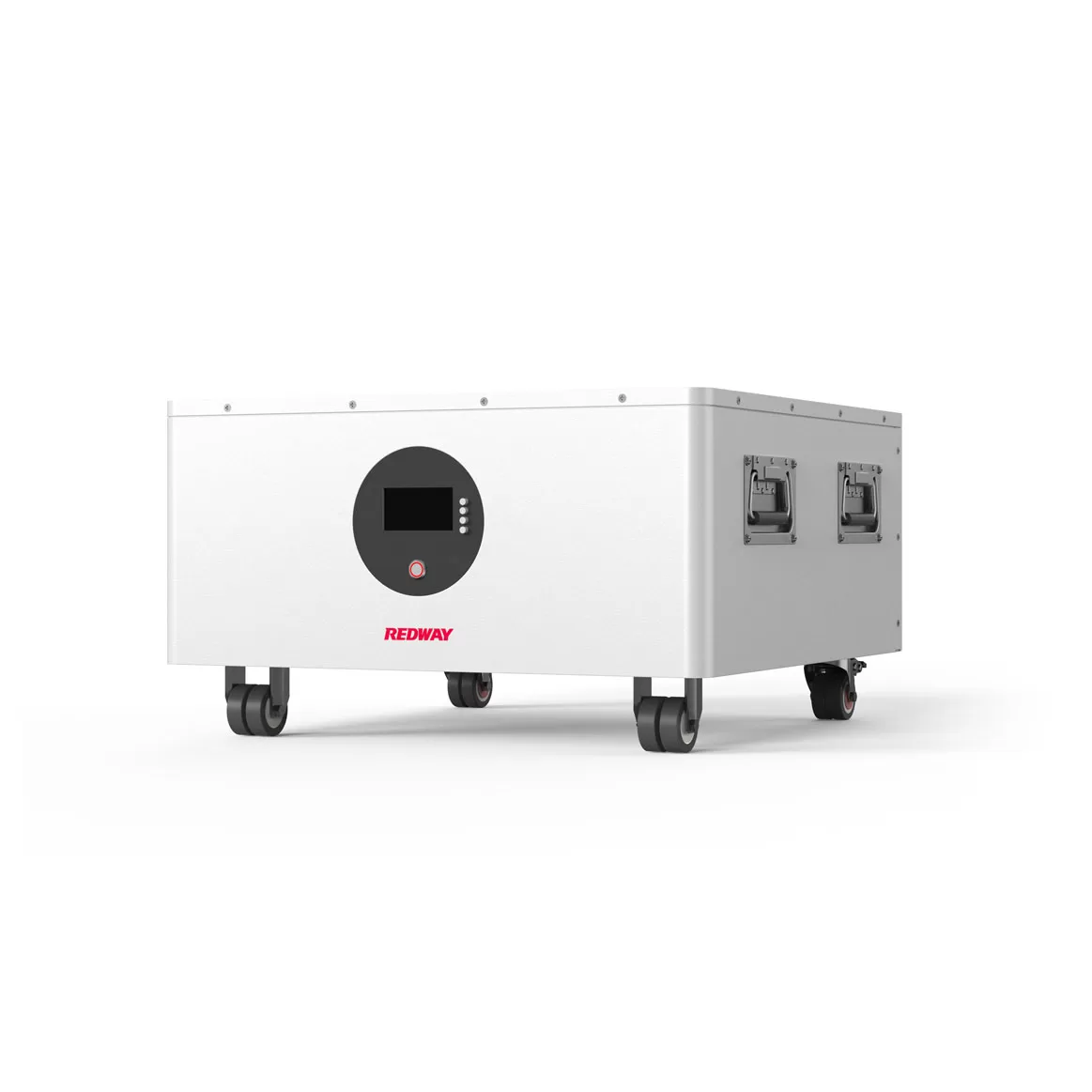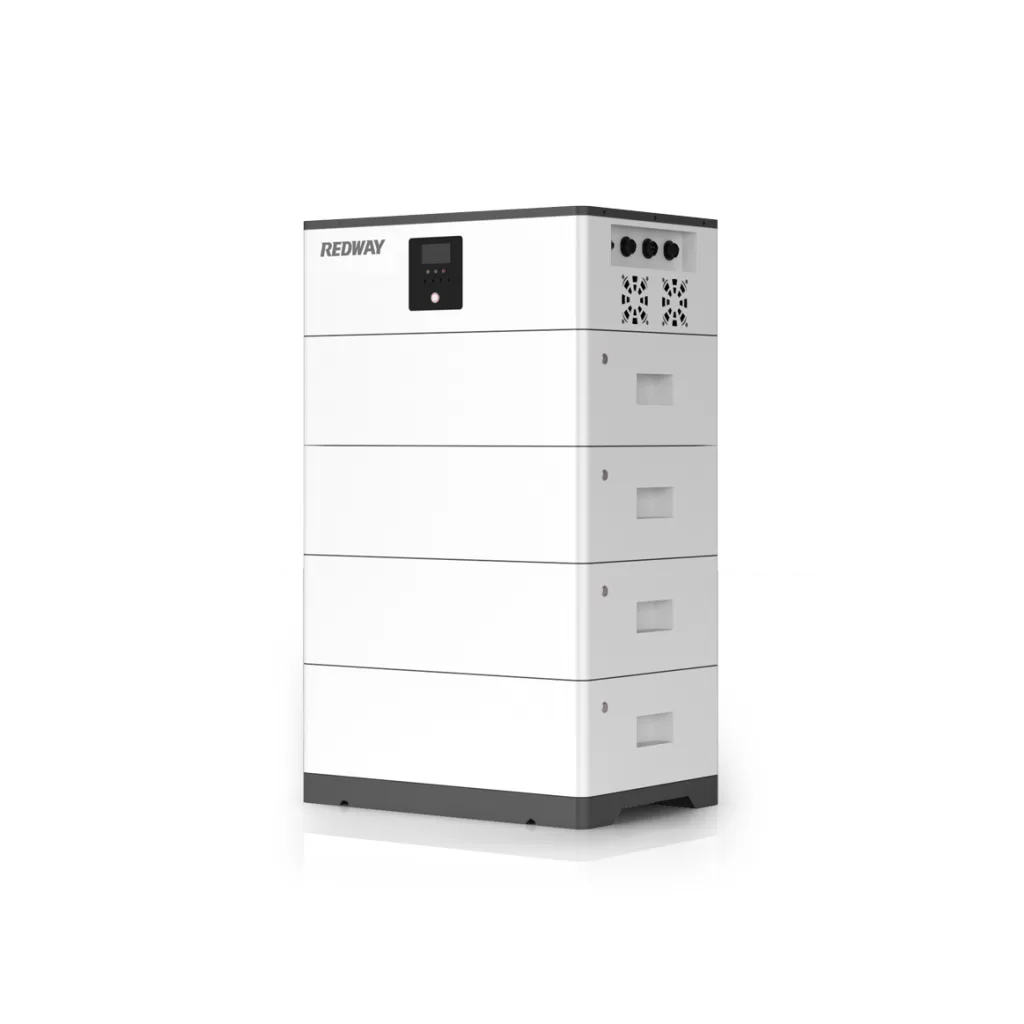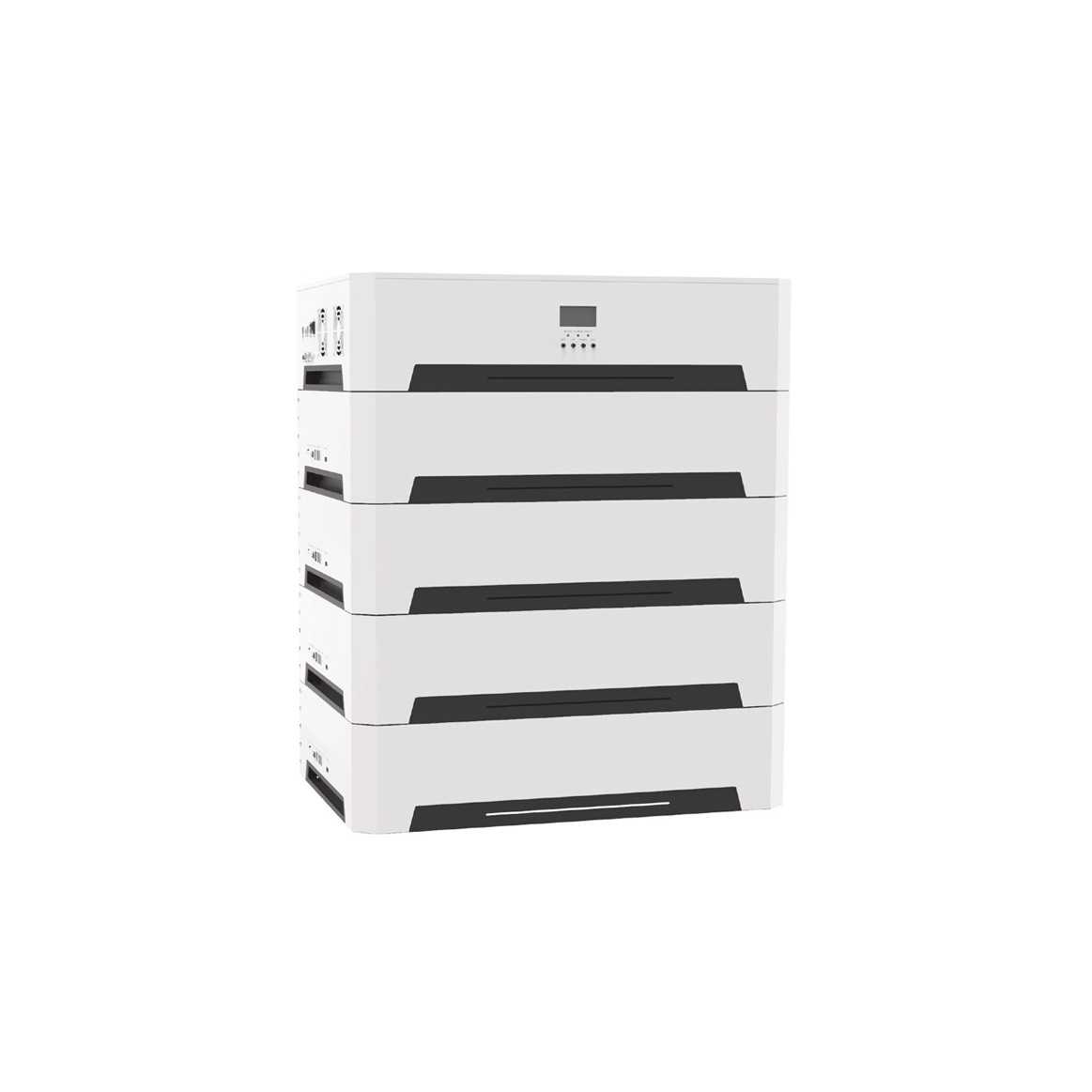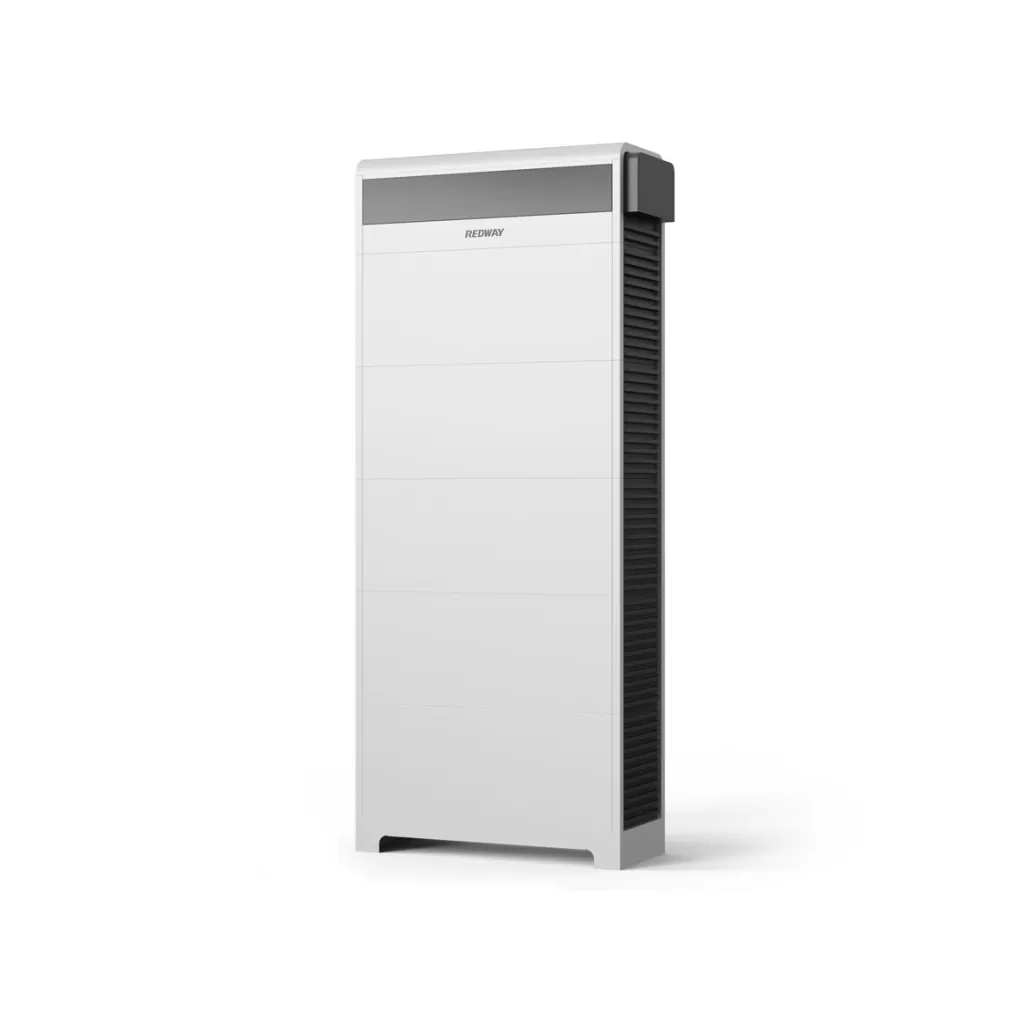أمبير التدوير البارد (CCA) هو مقياس لمدى قدرة بطارية السيارة على تشغيل المحرك في الطقس البارد ، وعادة ما يكون أقل من درجة التجمد. عندما يكون الجو باردًا، تحتاج البطاريات إلى توفير المزيد من الطاقة لبدء تشغيل السيارة. بالنسبة لدرجات الحرارة العادية، هناك تصنيف آخر يسمى أمبير التدوير (CA): غالبًا ما تحتوي البطاريات التقليدية على أرقام CA وCCA مكتوبة عليها.
المعايير العالمية، التي وضعتها منظمات مثل SAE وJIS وDIN، تتأكد من عمل بطاريات السيارات في الطقس الدافئ والبارد. تتضمن هذه المعايير اختبار أداء البطارية في الظروف الباردة. على سبيل المثال، يتحقق معيار SAE J537 مما إذا كان 12- يمكن لبطارية فولت أن تعطي تيارًا محددًا من أمبير التدوير البارد لمدة 30 ثانية عند -18 درجة مئوية دون انخفاض الجهد عن 7.2 فولت.
جدول المحتويات
ما هو أمبير التدوير البارد (CCA)؟
أمبير التدوير البارد (CCA) هو مقياس يستخدم في عالم البطاريات لإخبارنا بمدى قدرة البطارية على تشغيل المحرك في الطقس البارد. وهو يوضح مقدار التيار (المقاس بالأمبير) الذي يمكن أن توفره بطارية 12 فولت مشحونة بالكامل لمدة 30 ثانية مع الحفاظ على جهد 7.2 فولت عند درجة حرارة تجميد تبلغ 0 درجة فهرنهايت (-18 درجة مئوية) . بعبارات أبسط، يشير إلى مدى قوة وموثوقية البطارية عندما تحاول تشغيل سيارتك في البرد.
كيف يختلف CCA المطلوب باختلاف المحركات؟
يمكن أن تختلف أمبيرات التدوير البارد (CCA) المطلوبة لبدء تشغيل المحرك بناءً على عوامل مثل حجم المحرك ودرجة الحرارة ونوع زيت المحرك. بشكل عام، قد تحتاج المحركات الأكبر حجمًا التي تحتوي على عدد أكبر من الأسطوانات إلى المزيد من أمبيرات التدوير البارد لبدء التشغيل مقارنة بالمحركات الأصغر حجمًا. تلك. تأخذ الشركة المصنعة للمركبة هذه العوامل في الاعتبار عند تحديد بطارية المعدات الأصلية (OE).
القاعدة العامة الشائعة هي أن يكون لديك 1 أمبير تدوير بارد لكل بوصة مكعبة من إزاحة المحرك، حيث تحتاج محركات الديزل عادةً إلى 2 CCA. غالبًا ما تكون إزاحة المحرك يتم التعبير عنها بالسنتيمتر المكعب (CC) أو اللتر (L)، و1 لتر يساوي حوالي 61 بوصة مكعبة. لذا، فإن محرك 2276 CC يبلغ حوالي 2.3 لتر ، أي ما يعادل 140 بوصة مكعبة. إن مطابقة CCA المناسبة لاحتياجات المحرك الخاص بك تضمن بدء التشغيل الفعال، خاصة في الظروف الباردة.
يعد تصنيف CCA للبطارية أمرًا بالغ الأهمية لأولئك الذين يعيشون في أماكن باردة
إذا كنت في مكان بارد، فإن تصنيف CCA للبطارية أمر بالغ الأهمية. ويوضح التقييم القطري المشترك مدى قدرة البطارية على تشغيل سيارتك في الطقس البارد. ومع تقدم عمر البطاريات، تنخفض قوة تشغيلها. لذا، فمن الذكاء أن تحصل على بديل. بطارية ذات مستوى CCA مساوٍ أو أعلى من البطارية الأصلية . إن وضع بطارية ذات مستوى CCA أقل قد يؤدي إلى ضعف أداء سيارتك. قم دائمًا بالمطابقة أو الارتفاع عند اختيار بطارية جديدة.
من أين نشأ مصطلح “Cranking Amps”؟
نشأ مصطلح “Cranking Amps” في عام 1915 عندما قدمت كاديلاك محرك التشغيل الكهربائي في طرازات سياراتها. وقبل هذا الابتكار، كانت تستخدم أذرع التدوير اليدوية لبدء تشغيل المحركات، وهي مهمة تتطلب قوة كبيرة وتشكل مخاطر على السلامة. بواسطة بطارية التشغيل، يتم توفير التيار اللازم أو “”أمبير التدوير”” لبدء تشغيل المحرك بشكل أكثر كفاءة وأمان. كان هذا التطور بمثابة لحظة محورية في تطور صناعة بطاريات السيارات، مما أدى إلى ظهور مصطلح “”أمبير التدوير”” والتأثير على المعايير المستخدمة لقياس أداء البطارية، بما في ذلك تصنيف أمبير التدوير البارد (CCA).
هل هناك تقييمات ذات صلة بـ CCA؟
Yes, there are related ratings to Cold Cranking Amps (CCA). Two such ratings are Cranking Amps (CA) and Marine Cranking Amps (MCA). Cranking Amps (CA) measures the current a fully charged 12V car battery delivers for 30 seconds while maintaining a voltage of 7.2V, but at a higher temperature of 32°F (0°C). Marine Cranking Amps (MCA) is essentially the same as CA but is also performed at 32°F (0°C). MCA is considered a more relevant rating for batteries in warmer or marine environments where freezing temperatures are less likely. These ratings provide additional information about a battery’s performance under different temperature conditions.
Should the CCA rating solely drive the car battery purchase decision?
While the Cold Cranking Amps (CCA) rating is an important consideration, it should not be the sole factor driving your car battery purchase decision. In many cases, especially in warmer regions, extremely low temperatures might not be a regular concern. It’s essential to consider other factors like the type of battery (starter or deep cycle), group number, Reserve Capacity (RC), Amp Hour Capacity (Ah), and warranty coverage. Choosing a battery with an appropriate CCA rating for your climate is important, but it’s equally crucial to ensure that the overall specifications and features of the battery meet the requirements of your vehicle.
How many CCAs are typically needed in a jump starter?
For an average-size car, including compact SUVs to light trucks, a jump starter with a Cold Cranking Amps (CCA) rating of 400-600 CCA should be sufficient. Larger trucks may require more amps, possibly around 1000 CCA. It’s important to note that the amps needed to jump-start a car are generally lower than the CCA of the car battery. Additionally, the type of engine (petrol or diesel) can affect the required amps. Peak Amps, indicating the maximum current a jump starter can produce on the initial burst, is another consideration, but the CCA rating remains the crucial factor to pay attention to.
What standards define the CCA test?
Global standards for the Cold Cranking Amps (CCA) test were established due to the temperature impact on engines and automotive batteries. Various organizations, such as the Society of Automotive Engineers (SAE) and the German Institute for Standardization (DIN), have developed standards focused on Cold Cranking Amps (CCA) and Cranking Amps (CA) measurements. The commonly used CCA test is based on the SAE J537 Jun 1994 American Standard, which measures the output amp of a 12V battery for 30 seconds while maintaining 7.2V at 0°F (-18°C).
CCA vs CA (Cranking Amps)
CCA (Cold Cranking Amps) is crucial for starting a vehicle in cold conditions, measuring a battery’s ability to initiate the engine when temperatures drop. Particularly vital for cold climates, CCA ensures sufficient power even as temperatures affect battery performance.
Differentiating from marine cranking amps (MCA), CCA assesses power output at 0°F for 30 seconds, while MCA does so at 32°F.
When choosing a replacement battery, prioritize the CCA rating for reliable engine starts in cold weather. Even if sub-zero conditions aren’t typical, having ample power ensures consistent starts regardless of weather conditions.
Do lithium batteries use cold cranking current?
Generally speaking, most lithium batteries rely on ratings related to peak current (20°C/68°F for 5 to 10 seconds) rather than CCA. The CCA rating is primarily used to understand how much current the battery can deliver when starting quickly or revving the engine in cold temperatures while still maintaining the required voltage. CCA ratings are not as useful or relevant for ratings related to deep cycle storage or long-term use and storage.
But it’s worth noting that some lithium batteries are actually dual-purpose, providing both starting and deep cycling. The Redway Power 12v lithium battery does just that, as it is capable of powering the trolling motor and electronics on your boat, and also provides the power needed to start the motor.
What Should I Consider When Getting A Battery Replacement?
Here’s a breakdown of what to look for in a replacement battery:
A. Battery Type and Technology
Do you need a battery to start your car or one that lasts a long time for accessories? Lead acid and AGM batteries do both jobs. Lithium batteries last even longer but are mainly for electric cars. Some brands, like Odyssey with thin high-lead plates or Optima with spiral-wound cells, have unique technologies you might like.
B. Cold Cranking Amps (CCA)
CCA shows how well a battery starts in the cold. Pick a battery with a CCA rating that matches or is a bit higher than your current one.
C. Battery Group Number
The battery group tells you about the battery’s size, where its terminals are, and what type it is. It’s usually based on the car’s brand, model, and engine type.
D. Reserve Capacity (RC)
The Reserve Capacity (RC) of a battery is like a timer. It tells you how many minutes a 12V battery can give power at 25A before its voltage goes down to 10.5V. This helps know how much extra time your battery can power things if your car’s alternator stops working.
E. Amp Hour Capacity (Ah)
Amp Hour (Ah) is like the full power tank of a 12V battery. It shows how much power the battery gives for 20 hours before it’s all used up (when the voltage goes down to 10.5V). If you have a 100Ah battery, it means it can provide 5A of power for 20 hours.
F. Warranty Coverage
تحتاج البطارية إلى ضمان بسيط يتيح لك الحصول على بديل مجانًا خلال فترة زمنية معينة إذا كانت البطارية الجديدة بها مشكلة، وإذا كان التعامل مع هذا يبدو معقدًا للغاية، فمن الجيد أن تدع ميكانيكيًا يختار البطارية لك.
Related Posts
- يشير الاستثمار المتزايد في تقنيات الطاقة النظيفة إلى تحول عالمي نحو الاستدامة
- يستعد الحقل لبدء أعمال البناء في موقع تخزين البطاريات في نيوبورت بقدرة 40 ميجاوات في الساعة
- يحذر مشغل الشبكة من أن تحول الطاقة في أستراليا يشكل مخاطر نقص الطاقة وسط تقاعد أسطول طاقة الفحم
- يتعين على الشركات التحقق من معرض RE+ Solar Expo 2023 المنعقد في الولايات المتحدة
- يبتكر فريق Better/e في TU/e بطاريات تدفق الأكسدة والاختزال الصديقة للبيئة والفعالة من حيث التكلفة لتزويد مدن بأكملها بالطاقة
- واط، فولت، أمبير، وأوم: ما هي الاختلافات
